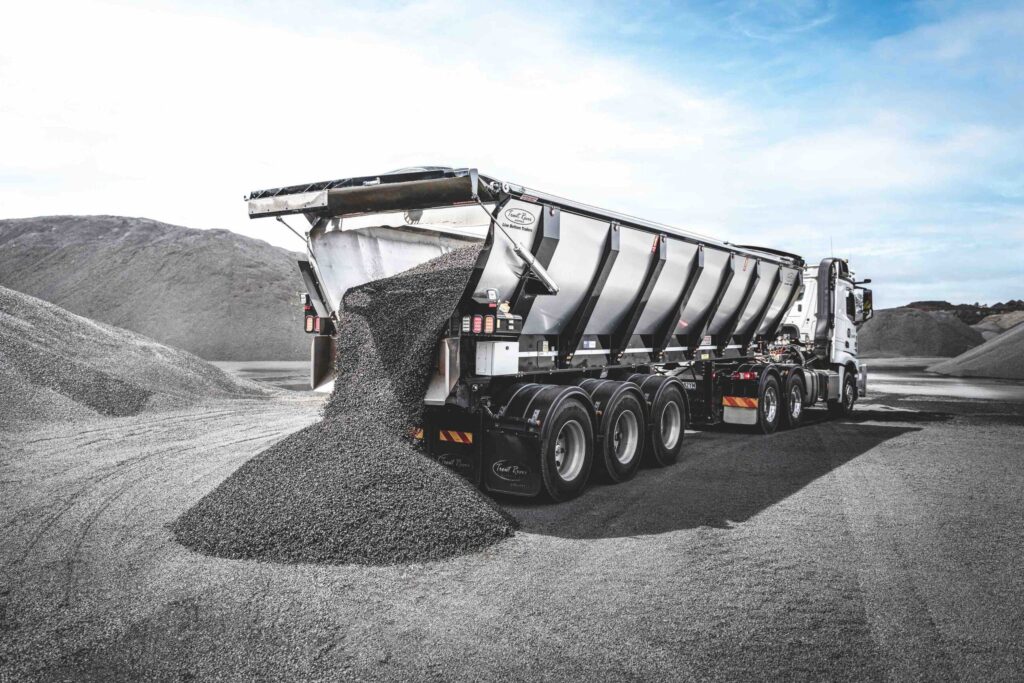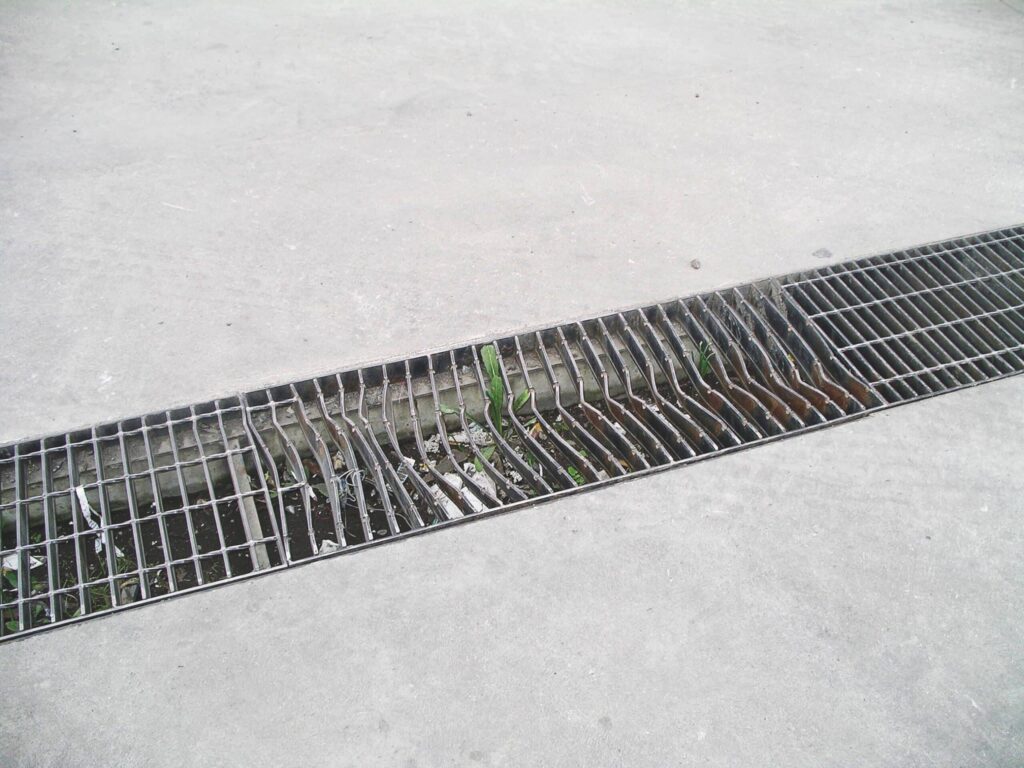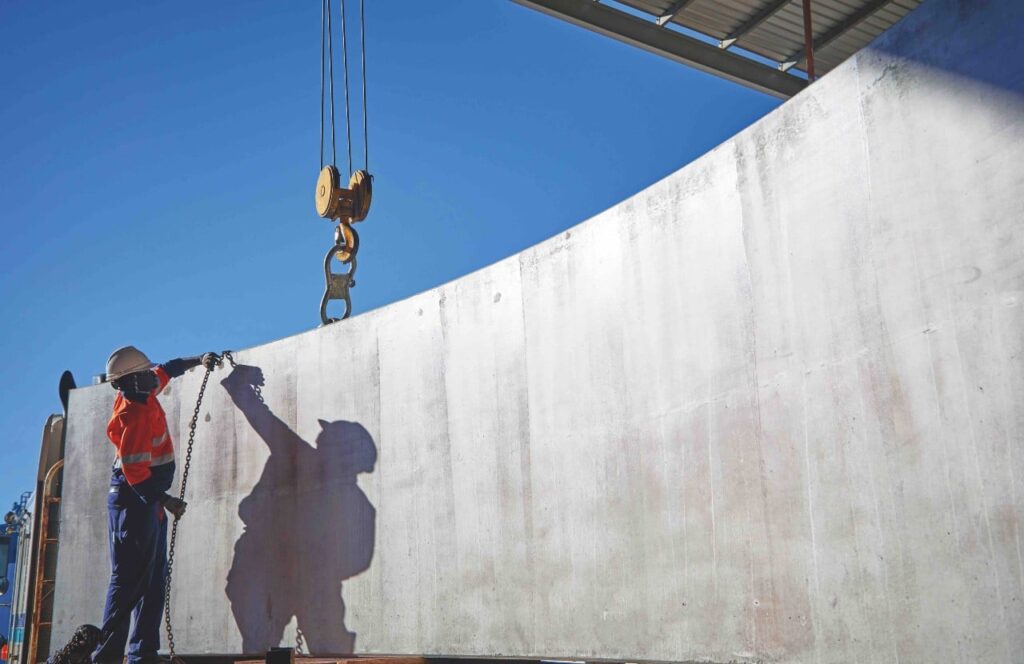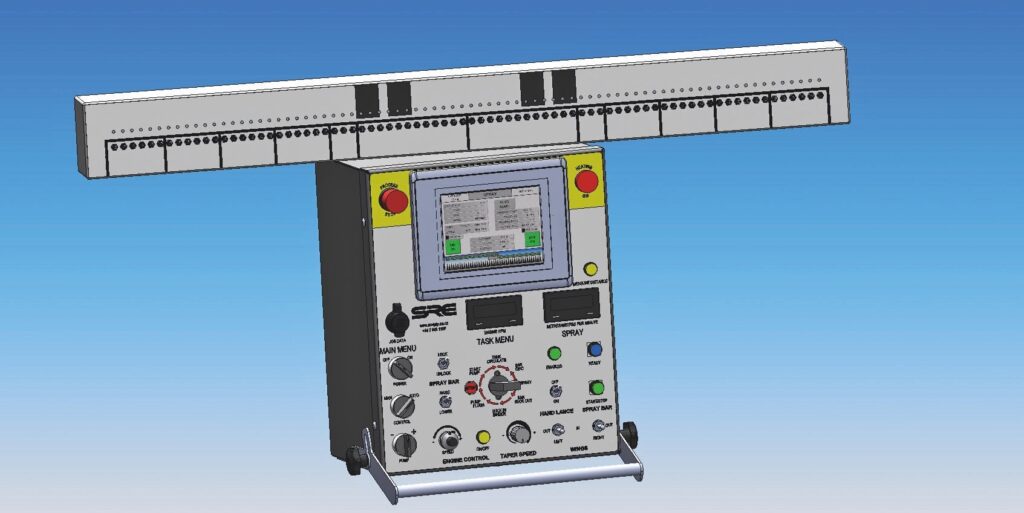Recycled Paper Insulation: The Complete Guide to Sustainable Cellulose Insulation
This post was originally published on this site
The post Recycled Paper Insulation: The Complete Guide to Sustainable Cellulose Insulation appeared first on UK Construction Blog.
As energy costs continue to climb and environmental awareness reaches new heights, homeowners across the UK are discovering the remarkable benefits of recycled paper insulation. This innovative sustainable insulation solution transforms yesterday’s newspapers into tomorrow’s energy-efficient homes, delivering exceptional thermal performance while significantly reducing environmental impact.
Recycled paper insulation, commonly known as cellulose insulation, represents one of the most environmentally friendly and cost effective insulation materials available today. Made from recycled newspaper and other discarded paper products, this insulation material offers up to 100% recycled content while providing thermal conductivity values that rival or exceed traditional alternatives.
In this complete guide, you’ll discover everything you need to know about recycled paper insulation – from its manufacturing process and thermal performance to installation methods, costs, and UK building regulations. Whether you’re planning a loft insulation upgrade or considering sustainable options for new construction, this comprehensive resource will help you make an informed decision about this remarkable eco friendly choice.
What is Recycled Paper Insulation?
Recycled paper insulation stands as a testament to innovative sustainable building practices, transforming discarded paper waste into high-performance thermal insulation. This cellulose insulation product comprises primarily recycled newspaper and other paper products, typically containing 85% or more recycled content depending on the manufacturer and specific formulation.
The manufacturing process involves several critical stages that ensure both performance and safety. Initially, the paper undergoes shredding and grinding to create uniform fibers. These fibers are then treated with mineral fire retardant, most commonly boric acid (borate salts), which provides essential fire protection, mould resistance, and pest deterrence properties. Leading manufacturers like Thermofloc employ both dry and liquid fire retardant stages to ensure deep fiber penetration and enhanced long-term performance.
Recycled paper insulation is available in three primary forms to suit different applications:
Loose fill cellulose insulation provides excellent coverage for accessible areas like loft spaces and can be installed manually or with simple equipment. This form adapts perfectly to irregular spaces and around obstacles.
Blown in cellulose insulation requires professional installation using specialized machinery to inject fibers into wall cavities, floors, and inaccessible areas. This method ensures consistent density and coverage across horizontal spaces and vertical applications.
Wet-spray applications involve adding a small amount of water and adhesive to create denser installations, particularly suitable for new construction and areas requiring maximum thermal performance.
Premium brands such as thermofloc cellulose insulation often carry prestigious certifications including the coveted natureplus mark of quality, which indicates minimal chemical usage, low pollutant emissions, and adherence to strict environmental standards.
Thermal Performance and Properties
The technical properties of recycled paper insulation demonstrate why this material has gained widespread acceptance among energy-conscious builders and homeowners. With thermal conductivity values typically ranging from 0.039 to 0.040 W/mK, cellulose insulation delivers robust thermal performance that often surpasses traditional fibreglass alternatives.
The installed density plays a crucial role in determining overall performance. Specifications typically range from 40-65 kg/m³, providing an optimal balance between void filling capabilities, structural stability, and thermal resistance. This density range enables cellulose insulation to conform perfectly to irregular cavities, creating seamless barriers that eliminate thermal bridging and heat loss through gaps.
When properly installed, recycled paper insulation achieves impressive R-values that contribute significantly to building fabric efficiency. The material’s ability to fill completely around obstacles and into tight spaces means actual thermal performance often exceeds theoretical calculations, delivering real-world energy savings that translate directly into reduced heating bills.
Fire safety represents another critical aspect of thermal insulation performance. Quality cellulose insulation products treated with borates typically achieve European fire classification B-s2,d0 according to EN13501-1 standards. This classification indicates the material is flame-retardant, produces minimal smoke emission, and generates no flaming droplets when exposed to fire.
The sound insulation properties of recycled paper insulation provide an additional benefit often overlooked in thermal performance discussions. The dense, fibrous structure effectively absorbs sound waves, contributing to improved acoustic comfort and sound reduction between rooms and floors.
Environmental Benefits and Sustainability
The environmental credentials of recycled paper insulation position it as a leading sustainable insulation solution for environmentally conscious building projects. The material’s environmental benefits extend far beyond its recycled content, encompassing the entire lifecycle from manufacturing to disposal.
At the foundation of its sustainability lies the fact that cellulose insulation is made from recycled newspaper and other post-consumer paper waste that would otherwise end up in landfills. This circular economy approach diverts millions of tonnes of paper waste annually while creating valuable building materials. The 100% recyclability of the base material means the insulation can be reclaimed and reprocessed at the end of its useful life.
The low embodied energy required for manufacturing represents another significant environmental advantage. Unlike synthetic alternatives that rely on energy-intensive petrochemical processes, cellulose insulation production involves relatively simple mechanical processing at lower temperatures. This results in substantially reduced carbon emissions compared to foam or mineral wool alternatives.
Prestigious environmental certifications further validate the sustainability credentials of quality products. The natureplus mark of quality, awarded to premium brands like thermofloc insulation, confirms environmentally responsible sourcing, minimal use of hazardous substances, and adherence to strict emission standards. This certification provides assurance that the insulation contributes to a comfortable indoor environment without compromising air quality.
The contribution to net-zero and passive house standards makes recycled paper insulation particularly attractive for forward-thinking building projects. Its combination of high thermal performance, sustainable materials, and minimal environmental impact aligns perfectly with modern green building requirements and energy efficiency targets.
Moisture Management and Indoor Air Quality
One of the most remarkable characteristics of cellulose insulation lies in its natural ability to manage moisture while maintaining thermal performance. Unlike synthetic materials that can trap moisture and create condensation problems, recycled paper insulation exhibits hygroscopic properties that actively contribute to building fabric health.
The material’s ability to absorb excess moisture from the air and release it when conditions become drier helps maintain optimal humidity levels within the building envelope. This natural moisture regulation supports the creation of breathable wall assemblies that are less susceptible to condensation-related problems and mould growth.
The mineral fire retardant treatment, typically boric acid, provides additional benefits beyond fire protection. These borate salts possess mild anti-fungal and antibacterial properties, creating an environment that naturally resists mould development even in higher humidity conditions. This resistance helps ensure the insulation maintains its thermal performance and structural integrity over time.
For indoor air quality, cellulose insulation offers significant advantages over synthetic alternatives. The material emits virtually no volatile organic compounds (VOCs) when installed, contributing to healthier indoor environments. This characteristic proves particularly important for sensitive individuals or buildings where air quality is a primary concern.
The pest resistance properties of treated cellulose insulation help prevent unwanted inhabitants from establishing a suitable habitat within wall cavities or loft spaces. The borate treatment makes the insulation unattractive as nesting material or food source for rodents and insects, maintaining both performance and hygiene standards.
Installation Methods and Applications
The versatility of recycled paper insulation shines through its multiple installation methods, each suited to specific applications and building conditions. Understanding these methods helps determine the most appropriate approach for different projects and ensures optimal performance outcomes.
Professional Installation Methods
Blown cellulose insulation represents the most common professional installation method, utilizing specialized equipment to inject fibers into cavities and spaces. Professional installers use powerful blowing machines to achieve consistent density and coverage across large areas. This method proves particularly effective for loft insulation, where uniform coverage across irregular joist patterns is essential for thermal performance.
Dense-pack installation involves compressing cellulose fibers to higher densities, typically used in wall cavities and areas requiring maximum thermal resistance. This technique requires professional expertise to achieve proper density without over-compressing the material, which could reduce its insulating effectiveness.
Wet-spray application combines cellulose fibers with water and adhesive, creating installations with enhanced stability and reduced settling. This method works particularly well in new construction where walls remain open during installation, allowing for precise application and immediate adhesion.
DIY Installation Considerations
Loose cellulose insulation offers opportunities for DIY installation in accessible areas like loft spaces. However, proper safety equipment including masks, goggles, and gloves is essential due to the volume of airborne particles generated during installation. DIY installers should focus on achieving consistent insulation thickness across the level surface while avoiding compression that reduces thermal effectiveness.
The installation of vapour barriers or moisture control layers requires careful consideration, particularly in older buildings where air movement or external moisture may be present. Professional assessment can help determine whether additional moisture protection is necessary for specific applications.
Suitable Applications
Recycled paper insulation excels in various applications throughout buildings. Loft spaces represent the most common application, where the material’s ability to conform around obstacles and achieve consistent coverage delivers excellent thermal performance. Floor insulation applications benefit from the material’s ability to fill completely between joists while maintaining structural stability.
Wall cavity installations require professional equipment and expertise but provide excellent thermal performance in both new construction and retrofit applications. The material’s ability to fill irregular spaces makes it particularly suitable for older buildings with non-standard construction details.
Cost Analysis and Value
The financial benefits of recycled paper insulation extend far beyond initial material costs, encompassing long-term energy savings, maintenance considerations, and available government incentives. Understanding these factors helps homeowners make informed decisions about their insulation investments.
Material costs for recycled paper insulation typically range from £10-£12 per square meter, positioning it competitively against mineral wool and significantly below rigid foam alternatives. The cost effective nature of the material makes it accessible for projects across various budget ranges while delivering high performance results.
Installation costs vary considerably depending on the chosen method and site accessibility. DIY loose-fill installations in accessible loft areas can minimize labor costs, while professional blown-in applications require additional equipment and expertise fees. However, the speed of professional installation often offsets labor costs through reduced project duration.
The energy savings potential represents the most compelling financial argument for recycled paper insulation. Properly installed systems can deliver 20-50% reductions in heating bills, with larger, older, or poorly insulated homes experiencing the greatest savings. These reductions stem from the material’s excellent thermal performance and its ability to eliminate air leaks and thermal bridging.
Payback periods typically range from 3-7 years, depending on existing insulation levels, building size, and local energy costs. Properties with minimal existing insulation often achieve payback within the shorter timeframe due to dramatic improvements in thermal efficiency.
Government support through programs like the Great British Insulation Scheme (GBIS) can significantly improve project economics by providing grants or rebates for qualifying installations. These incentives recognize the public benefits of improved energy efficiency and reduced carbon emissions.
|
Cost Factor |
Range |
Notes |
|---|---|---|
|
Material Cost |
£10-£12/m² |
Competitive with alternatives |
|
Professional Installation |
£15-£25/m² |
Varies by accessibility |
|
Annual Energy Savings |
20-50% |
Depends on existing insulation |
|
Payback Period |
3-7 years |
Faster for poorly insulated homes |
Advantages and Limitations
Like all insulation materials, recycled paper insulation presents both significant advantages and certain limitations that must be considered when selecting the most appropriate solution for specific applications.
Key Features and Benefits
The sustainability credentials of cellulose insulation represent its primary advantage. Made from recycled newspaper, this environmentally friendly material diverts waste from landfills while providing excellent thermal performance. The high recycled content and low embodied energy make it an ideal choice for green building projects.
Cost effectiveness emerges as another compelling benefit. The combination of competitive material costs and excellent thermal performance delivers outstanding value for money. When combined with energy savings of 20-50%, the financial case for recycled paper insulation becomes highly attractive.
Thermal performance rivals or exceeds traditional alternatives while providing superior conformability to irregular spaces. The material’s ability to eliminate gaps and thermal bridges often results in better real-world performance than theoretical calculations suggest.
Sound reduction capabilities provide additional value through improved acoustic comfort. The dense, fibrous structure effectively absorbs sound waves, contributing to quieter indoor environments.
Fire protection through borate treatment ensures safety compliance while providing natural pest resistance and mould prevention properties.
Limitations and Considerations
Settling over time can occur if installation density is insufficient or if the material is installed in oversized cavities. Proper professional installation minimizes this risk through appropriate density specifications and techniques.
Moisture sensitivity requires careful consideration of vapour barriers and moisture control strategies, particularly in exposed or high-humidity applications. While the material’s hygroscopic properties generally benefit moisture management, excessive moisture exposure can reduce effectiveness.
Installation requirements for blown-in applications necessitate professional equipment and expertise, potentially increasing project costs compared to DIY-friendly alternatives.
The lifespan of 20-30 years with proper installation and maintenance compares favorably with other insulation materials, though performance may degrade if subjected to repeated wetting or extreme conditions.
When compared to fibreglass and mineral wool, cellulose generally offers superior ecological credentials and moisture management. Foam insulations may provide higher R-values per unit thickness but carry significantly higher environmental costs and manufacturing impacts.
UK Building Regulations and Standards
Compliance with UK building standards ensures that recycled paper insulation installations meet safety, performance, and quality requirements while providing long-term value for homeowners and builders.
Building Regulations Part L establishes thermal performance requirements that cellulose insulation readily meets or exceeds. The material’s thermal conductivity values and installed performance characteristics align well with current energy efficiency standards and future regulatory trends.
British Standards BS EN 15101 specifically governs loose-fill cellulose insulation materials, establishing requirements for product quality, fire safety, and performance characteristics. Compliance with these standards ensures consistent quality and performance across different manufacturers and products.
Fire safety requirements mandate specific performance classifications, typically EN13501-1 B-s2,d0 or equivalent ratings. Quality cellulose insulation products achieve these classifications through proper borate treatment and manufacturing controls.
Third-party certification and periodic testing provide ongoing assurance of product quality and performance. Independent testing laboratories verify compliance with standards and monitor manufacturing consistency to ensure reliable performance.
Building control approval processes require documentation of product certifications, installation methods, and quality assurance procedures. Professional installers typically handle these requirements as part of their service, ensuring projects meet regulatory requirements.
Quality manufacturers provide comprehensive technical documentation, installation guidelines, and warranties that support building control approval and provide long-term performance assurance.
Choosing the Right Recycled Paper Insulation
Selecting optimal cellulose insulation requires careful evaluation of project requirements, product characteristics, and installation considerations to ensure the best possible outcomes for specific applications.
Thermal requirements should be assessed based on building type, location, and target performance levels. Consider existing insulation levels, building fabric characteristics, and desired energy efficiency improvements when specifying insulation thickness and installation methods.
Application considerations include accessibility, building construction type, and moisture conditions. Loft spaces typically suit loose-fill or blown-in applications, while wall cavities may require professional dense-pack installation for optimal results.
Product certifications provide crucial quality assurance. Look for manufacturers offering robust third-party certifications such as the natureplus mark of quality, which confirms environmental credentials and low emission characteristics. Established brands like thermofloc loose fill often provide comprehensive documentation and technical support.
Professional assessment can help identify the most appropriate installation method, required insulation thickness, and any additional moisture control measures needed for specific applications. Qualified installers can evaluate building characteristics and recommend optimal solutions.
Multiple quotes from accredited installers ensure competitive pricing while providing opportunities to compare approaches and specifications. Professional installers should provide detailed proposals including material specifications, installation methods, and performance expectations.
Quality assurance measures including manufacturer warranties, installation guarantees, and ongoing support services provide long-term value protection. Reputable manufacturers and installers stand behind their products and services with comprehensive warranty coverage.
Budget considerations should encompass initial costs, installation expenses, and long-term energy savings potential. While premium products may carry higher initial costs, superior performance and durability often provide better long-term value.
The range of available products includes options suitable for various budgets and performance requirements. From basic recycled content formulations to premium certified products, the cellulose insulation market offers solutions for diverse project needs and sustainability objectives.
Conclusion
Recycled paper insulation emerges as a compelling sustainable insulation solution that successfully balances environmental responsibility with exceptional performance and value. From its origins as discarded newspaper to its role in creating energy-efficient, comfortable indoor environments, this cellulose insulation product demonstrates the potential of circular economy principles in modern construction.
The material’s impressive thermal conductivity values, ranging from 0.039-0.040 W/mK, deliver high thermal performance that often exceeds traditional alternatives while providing superior conformability to irregular building fabric. Combined with excellent sound insulation properties and natural moisture management capabilities, recycled paper insulation creates comprehensive building envelope solutions.
The cost effective nature of the material, typically ranging from £10-£12 per square meter, coupled with energy savings potential of 20-50%, creates compelling financial arguments that complement its environmental benefits. With payback periods of 3-7 years and lifespans of 20-30 years with proper installation, the long-term value proposition proves highly attractive for homeowners seeking sustainable building improvements.
Professional installation ensures optimal performance and compliance with UK Building Regulations Part L and British Standards BS EN 15101, while quality certifications like the natureplus mark provide assurance of environmental credentials and performance standards.
As energy costs continue rising and environmental consciousness grows, recycled paper insulation stands ready to meet the challenges of modern building requirements. Whether you’re planning loft insulation upgrades, considering floor insulation improvements, or exploring sustainable options for new construction, this environmentally friendly material offers a proven path toward enhanced energy efficiency and reduced environmental impact.
Ready to explore the benefits of sustainable insulation for your property? Consider consulting with qualified installers to assess how recycled paper insulation can contribute to your energy efficiency goals while supporting environmental sustainability objectives.




Responses